Understand your pain
Anterior Pelvic Tilt
Correct your posture and ease your back pain.
What is an Anterior Pelvic Tilt? How Can We Fix It?
When you look at posture you are really looking at the balance muscles around a joint. If one muscle is pulling too hard, then you see changes in your alignment. Some are more obvious than others. Deviations in the pelvis can impact gait, strength, and overall quality of life.
An anterior pelvic tilt, also known as lower crossed syndrome, is most common for those that have occupations that require them to sit at a desk.
Signs of an Anterior Pelvic Tilt
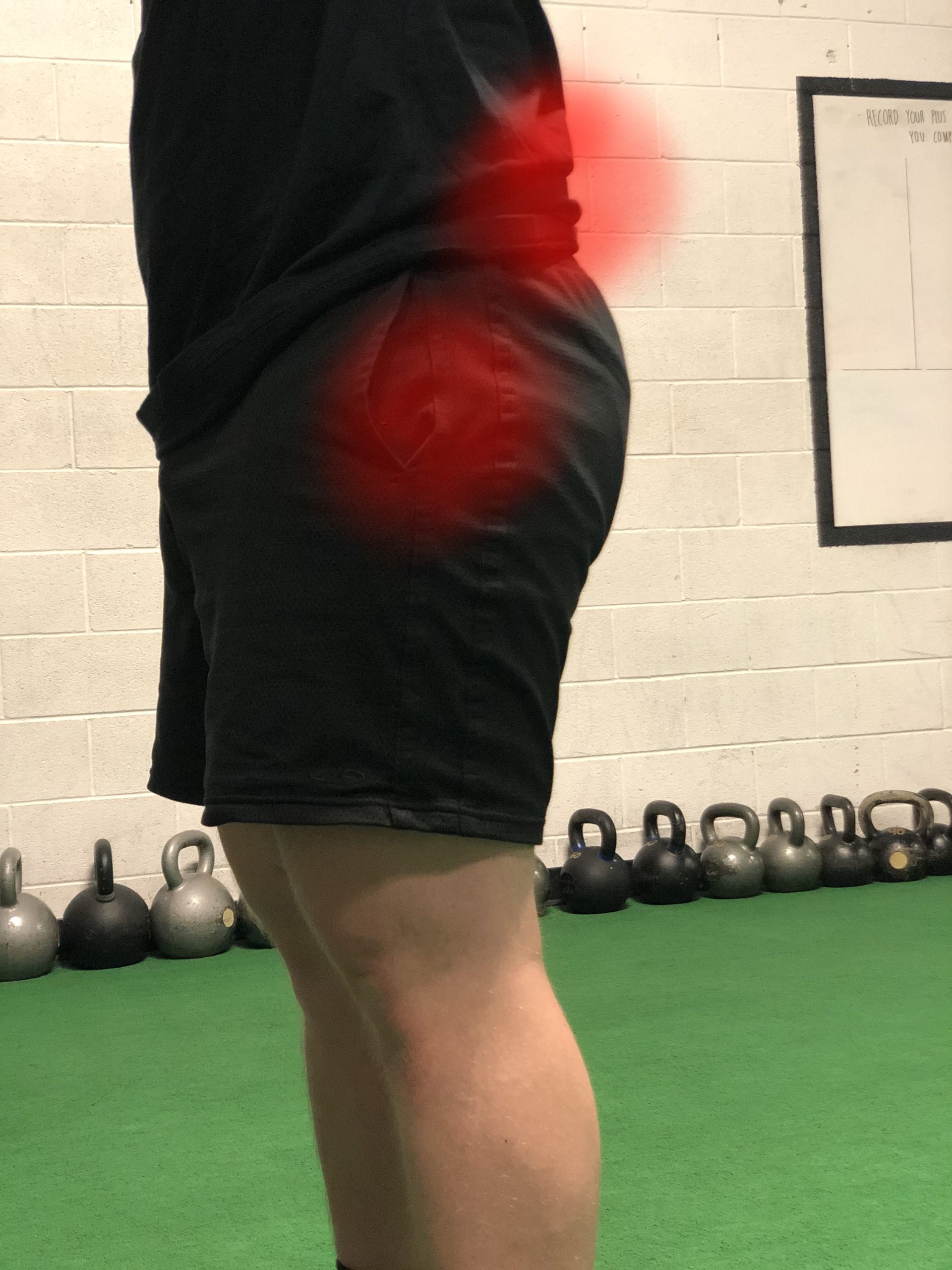
Low Back/Hip Pain
The pain can be exaggerated by long periods on inactivity. It can also make it difficult to squat to depth.
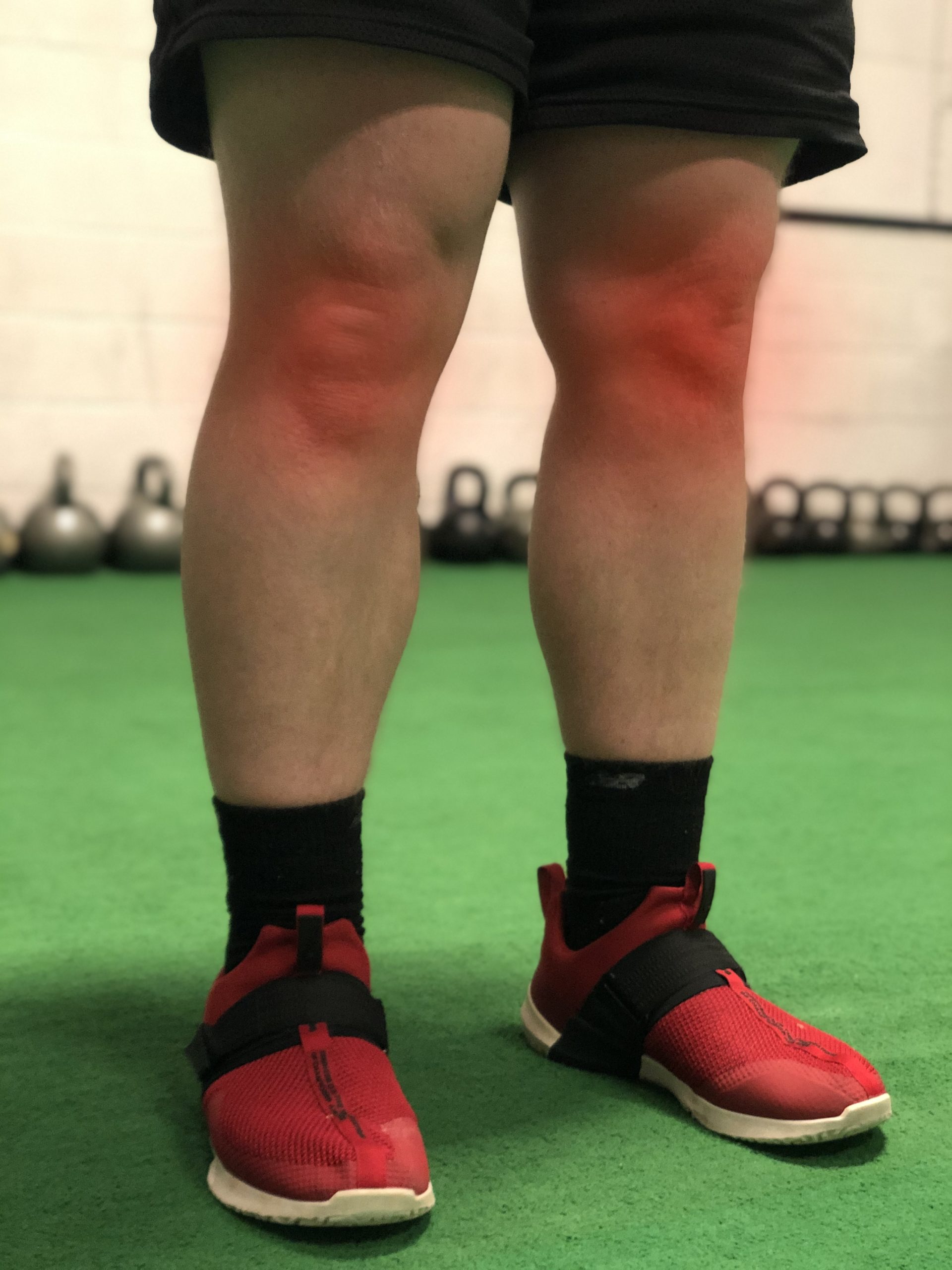
Knee Pain
Many lower body exercises may cause great discomfort from the pull in your hip flexors/quadriceps.
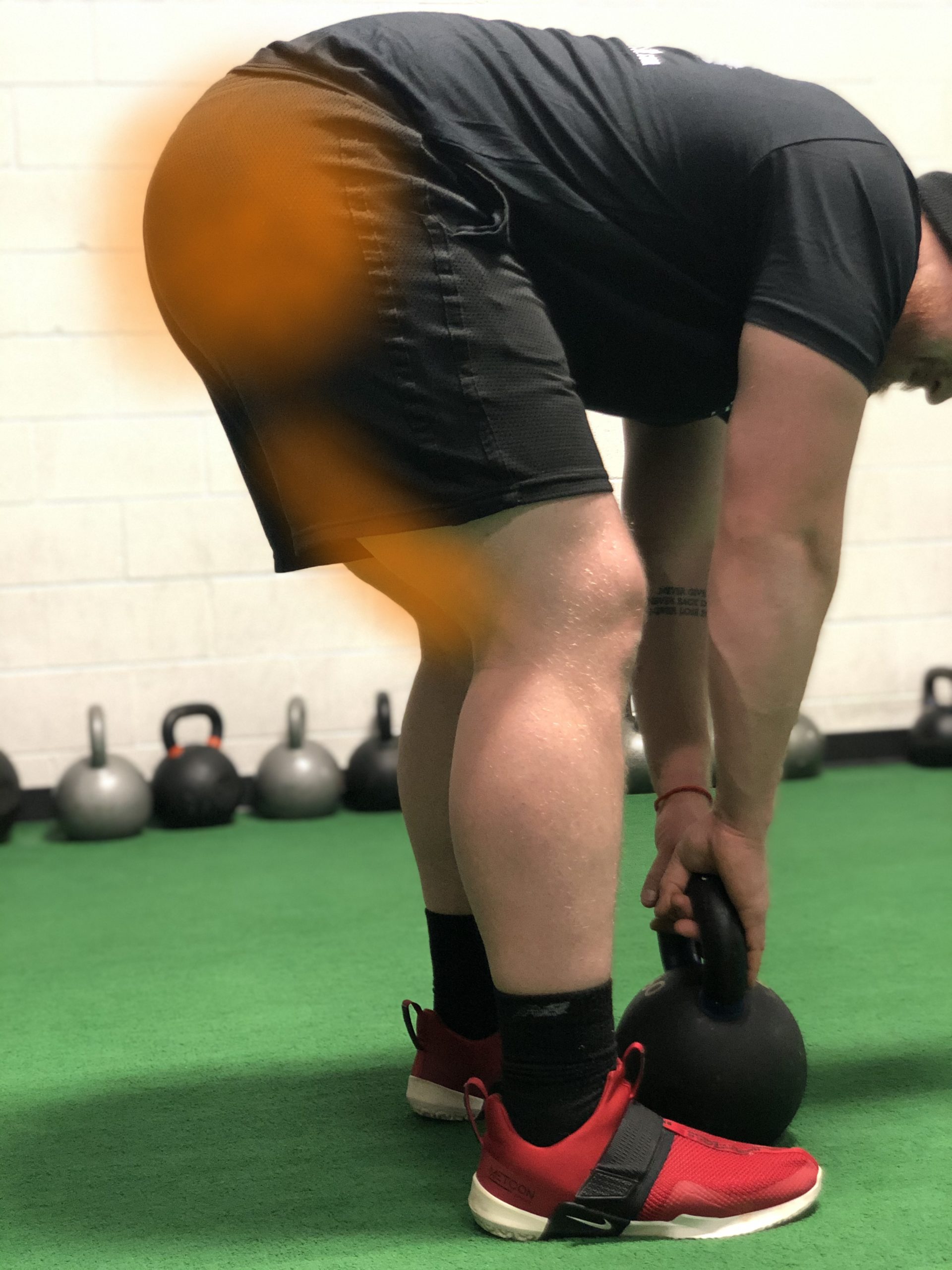
Hard to Engage Hamstrings/Glutes
It is hard to feel deadlifts in your hamstrings/glutes and you feel it more in your back.
Posture Comparison
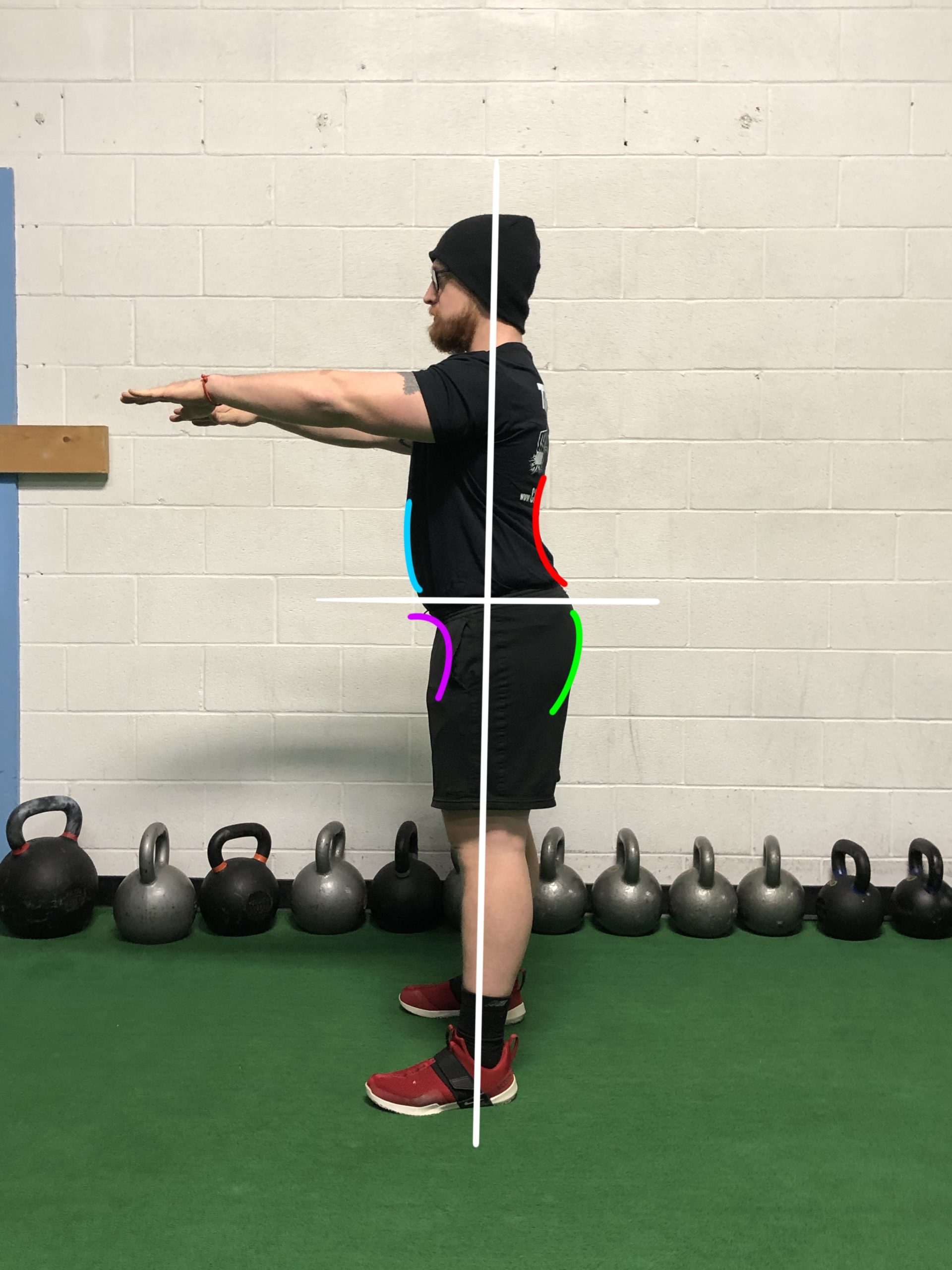
Posture with an Anterior Pelvic Tilt
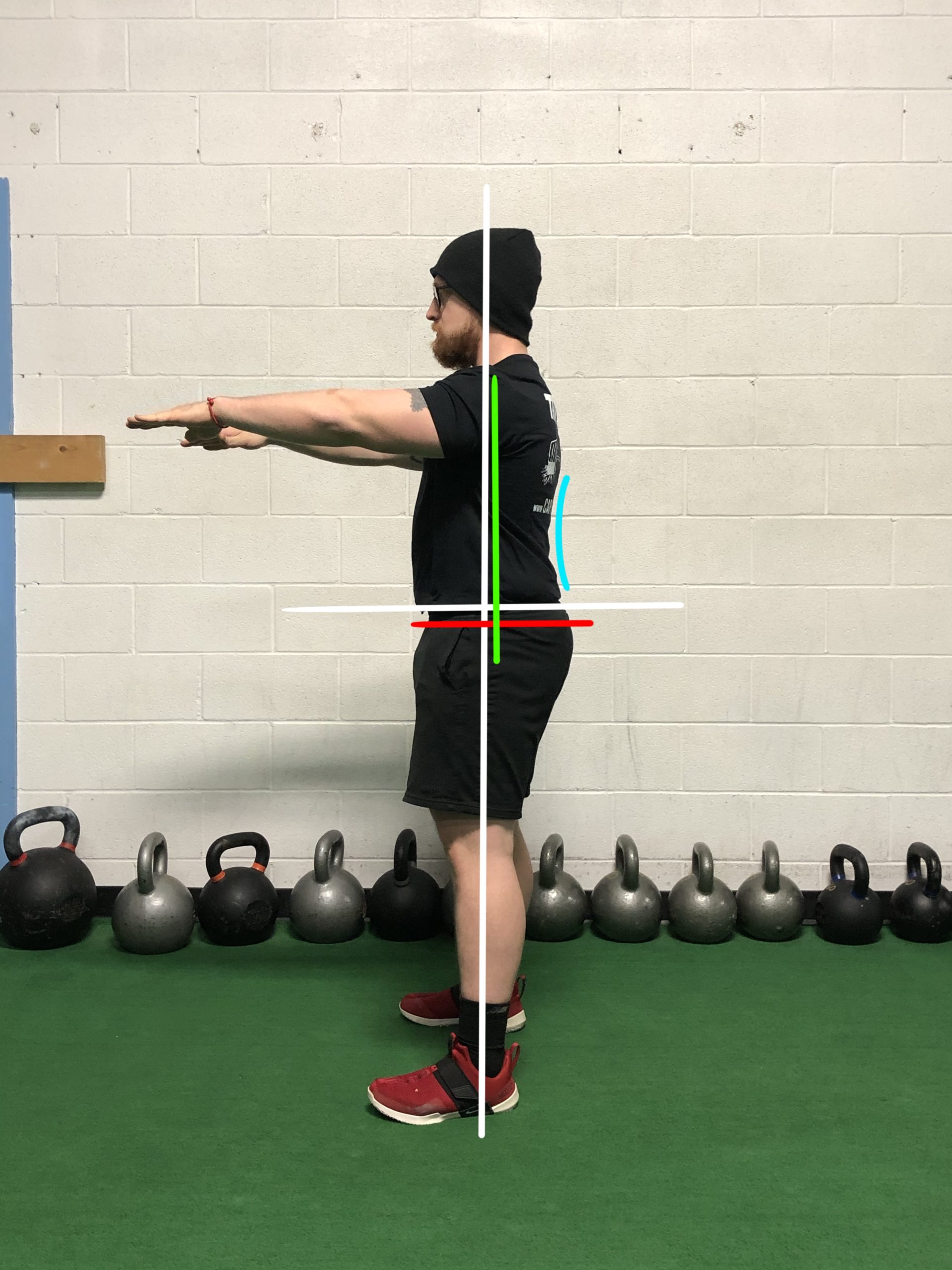
Balanced Posture
How to Fix It
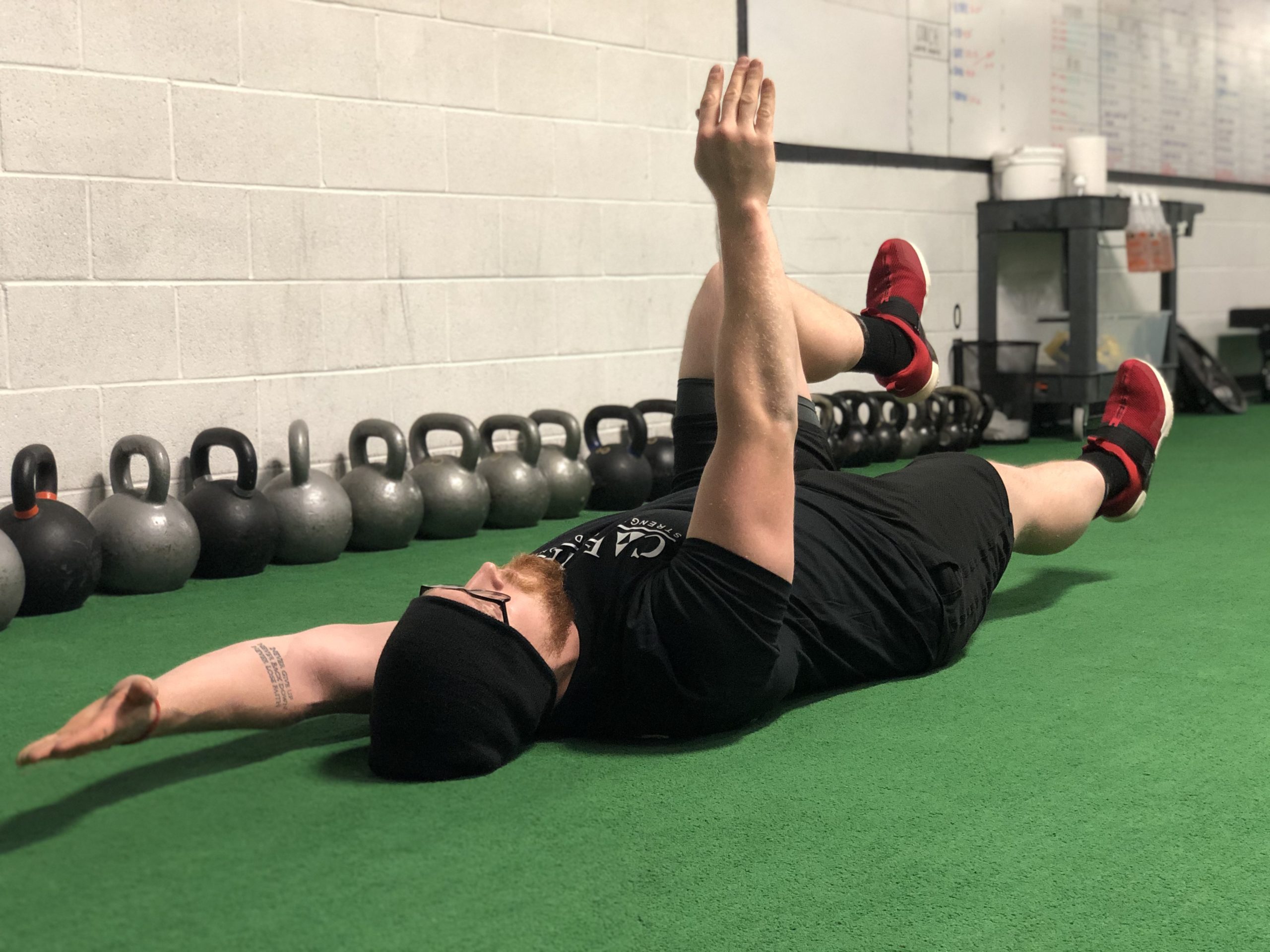
Deadbugs
Deadbugs work to strengthen the core and working towards glute engagement to push the back into the floor.
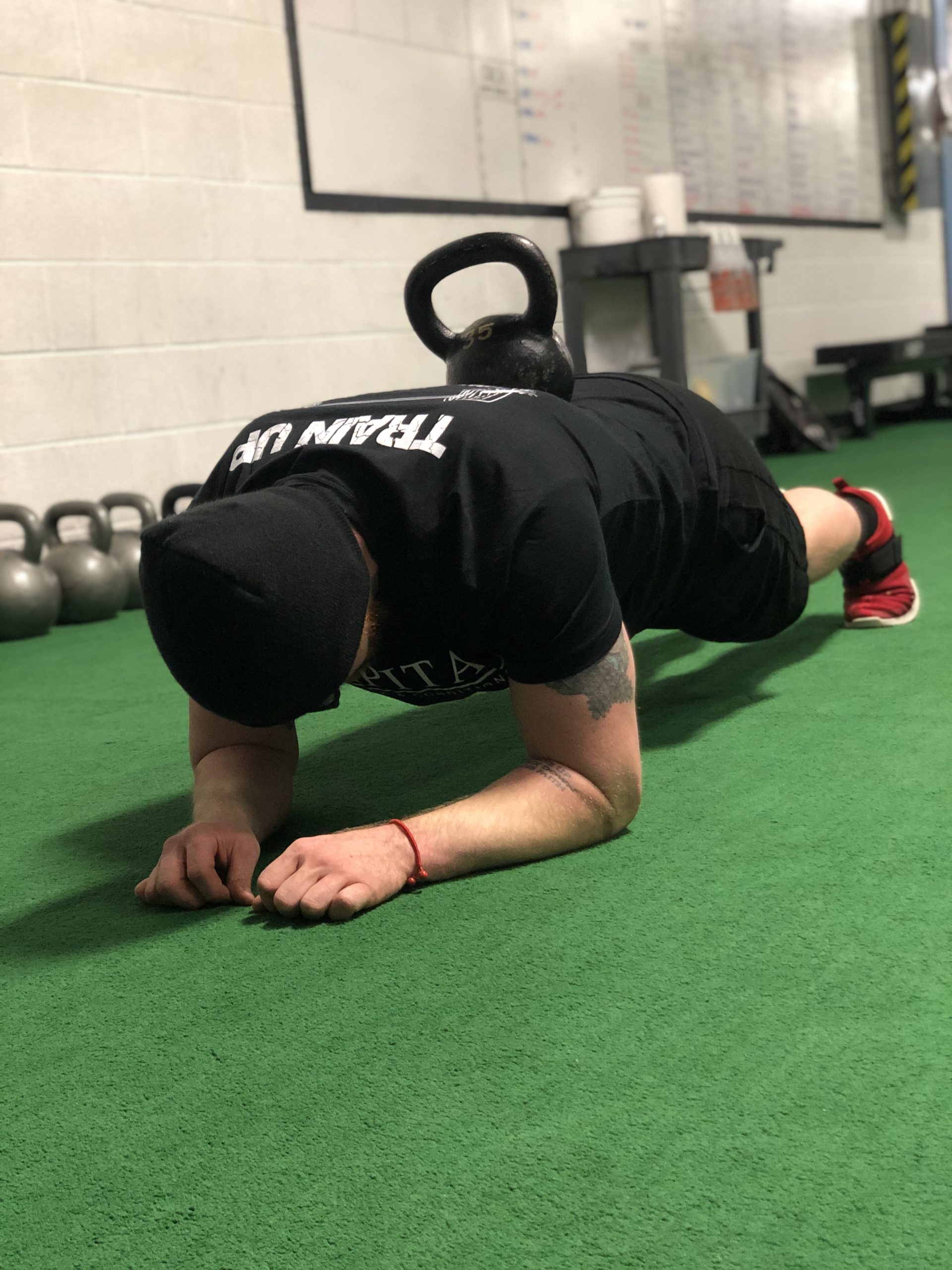
Weighted Planks
This is a good progression from dead bugs where you can build more core strength.
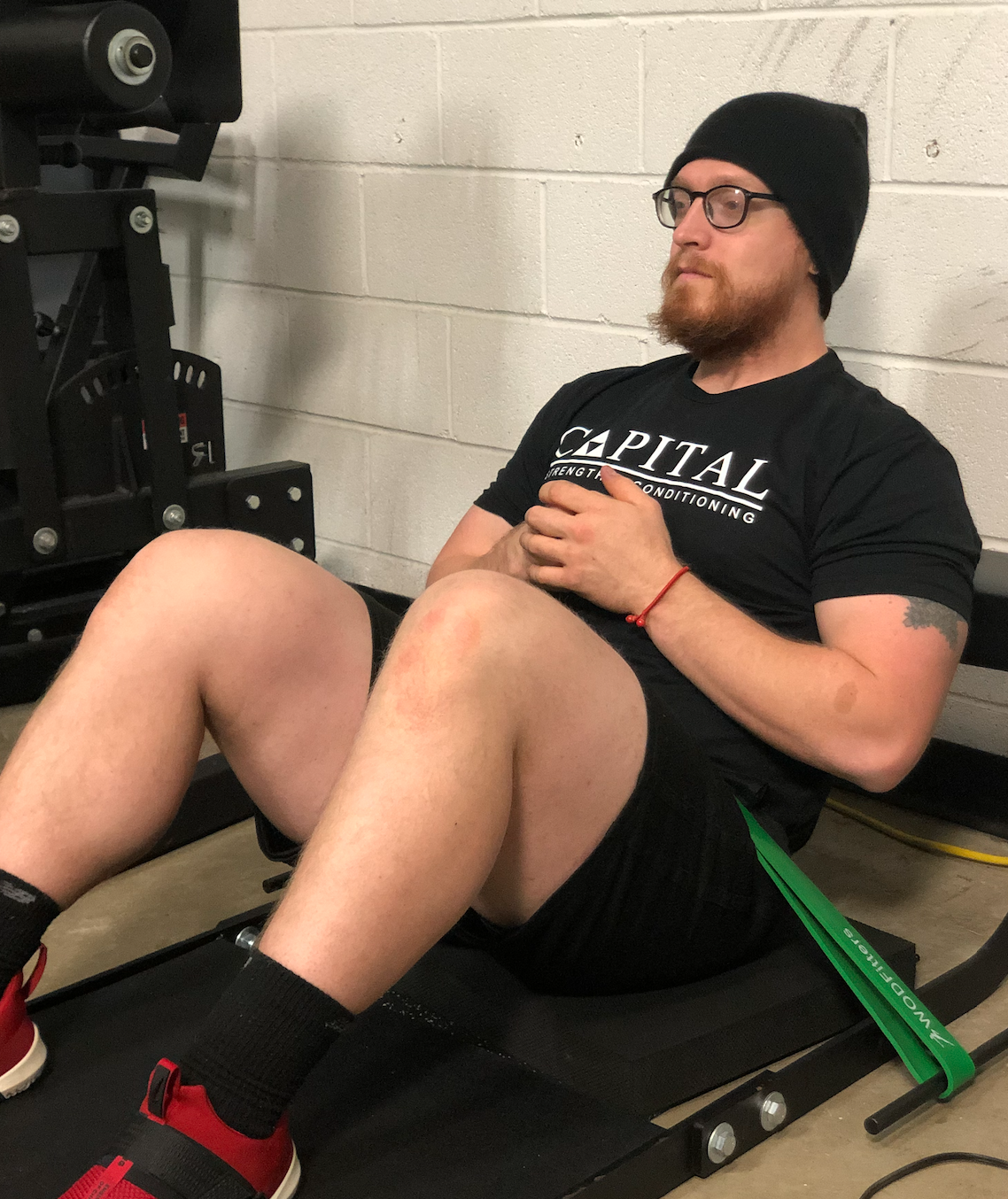
Hip Thrusts
The focus is on activating the weekend glutei and hamstrings.
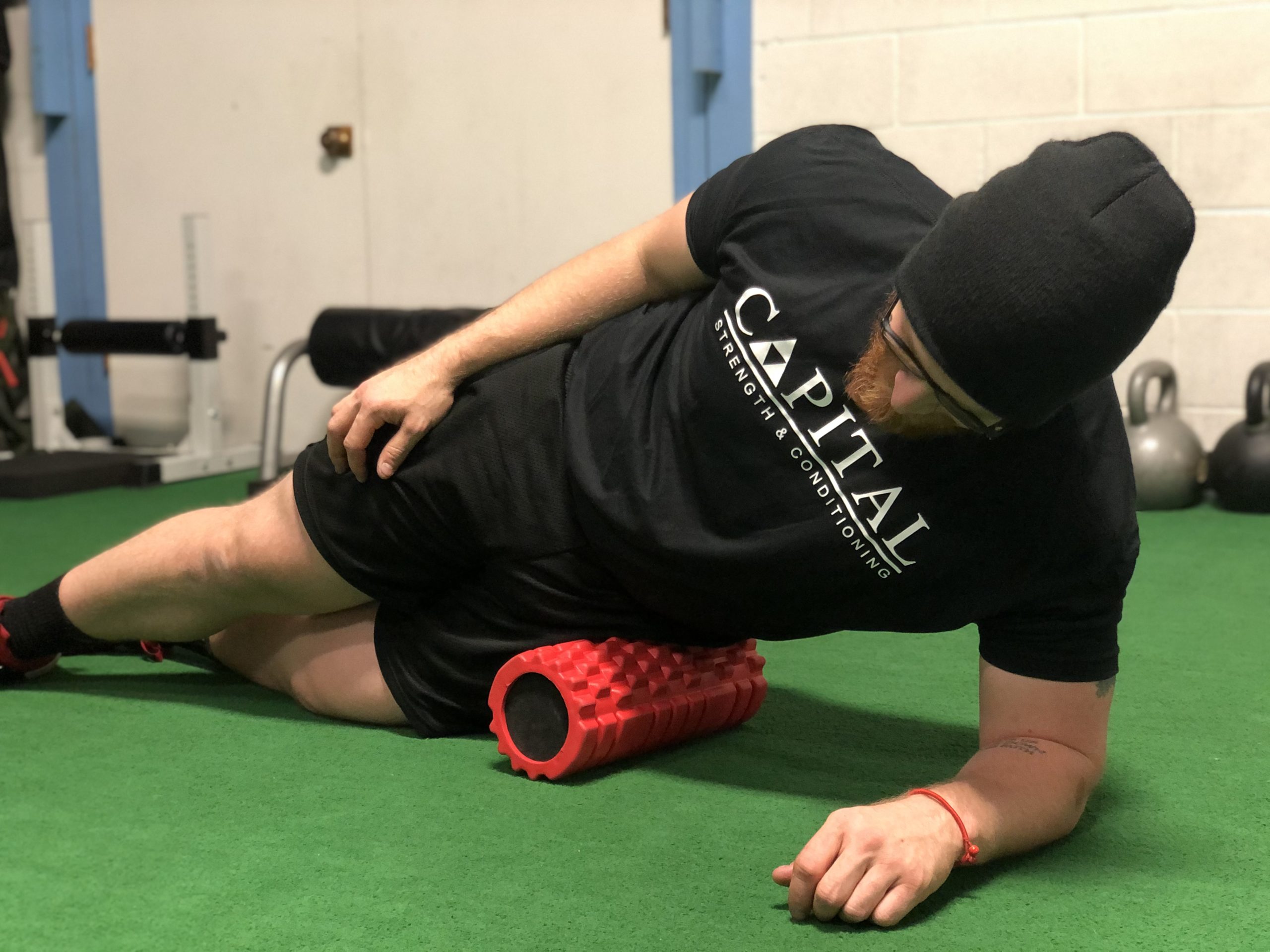
SMR Hip Flexors
Self-Myofascial Release is a great tool for relieving pain and stiffness in muscles. Try foam rolling your hip flexors before your next workout.
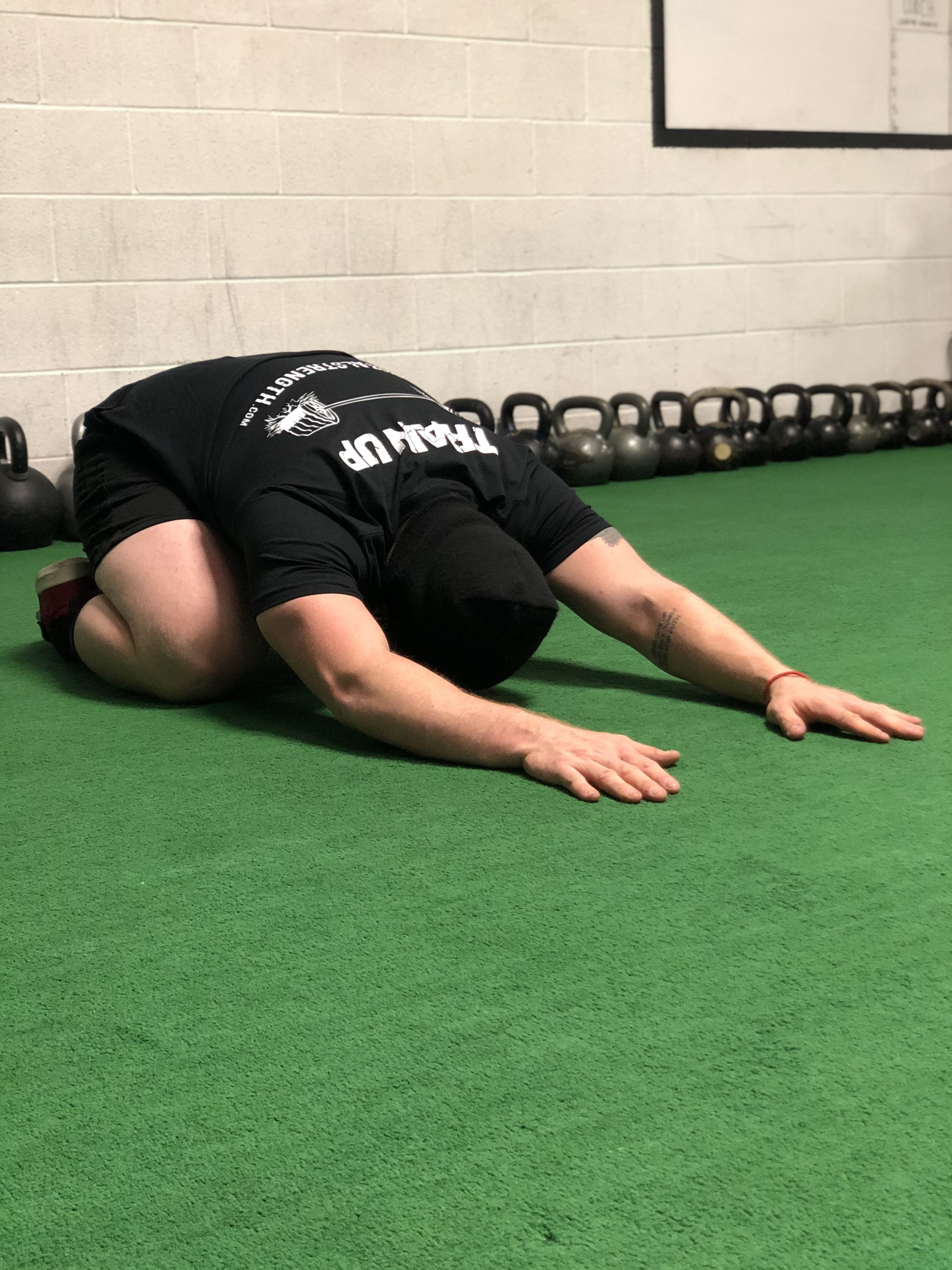
Child's Pose
Sit back and relax to release your lower back!
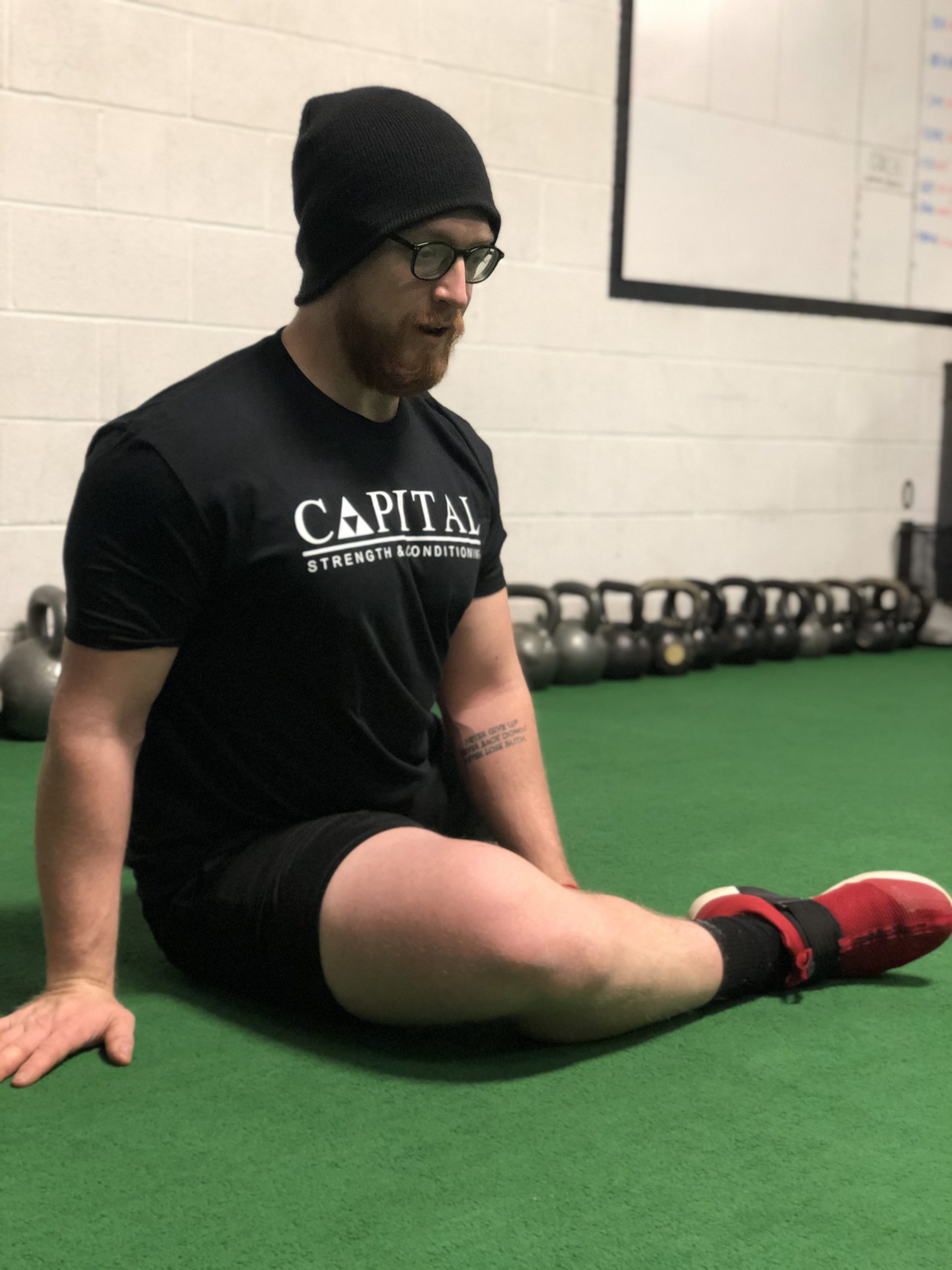
90/90
This stretch is a fantastic hip warmup and can help you learn to sit back and upright.
